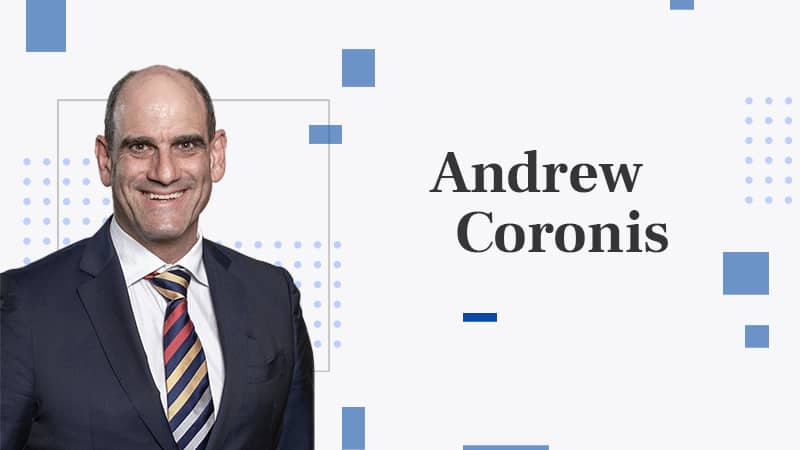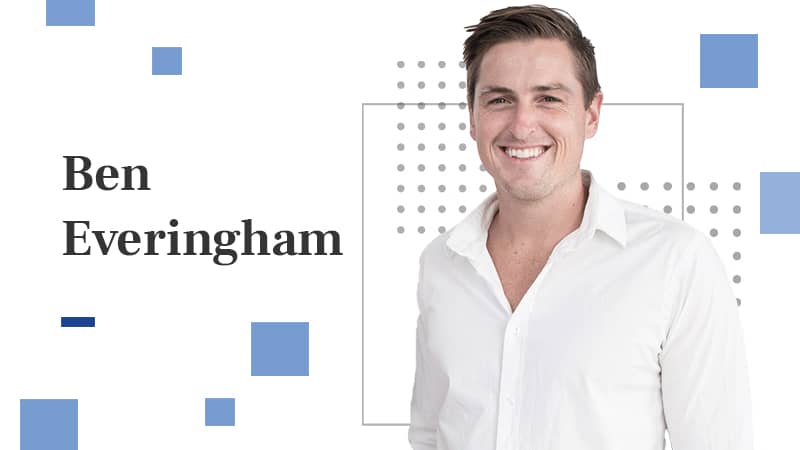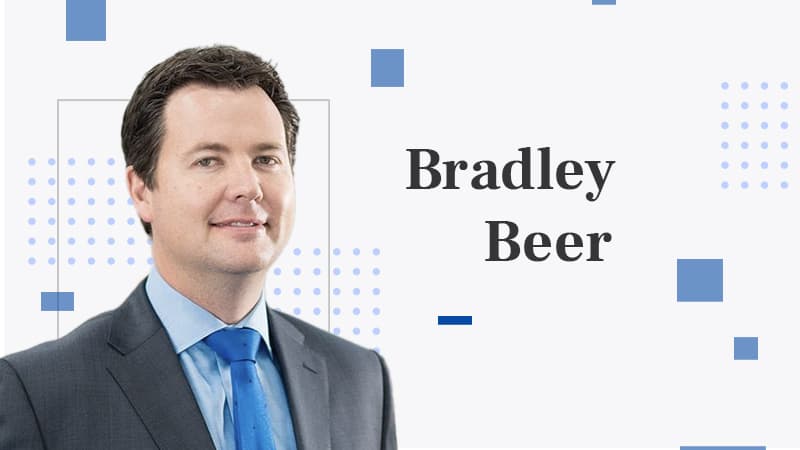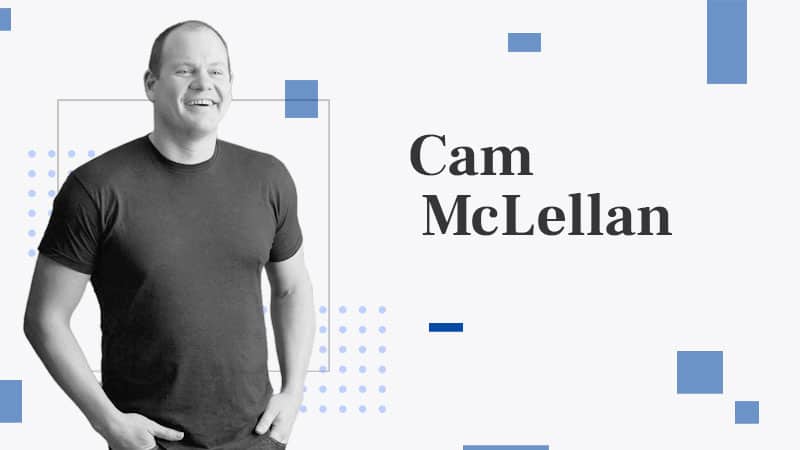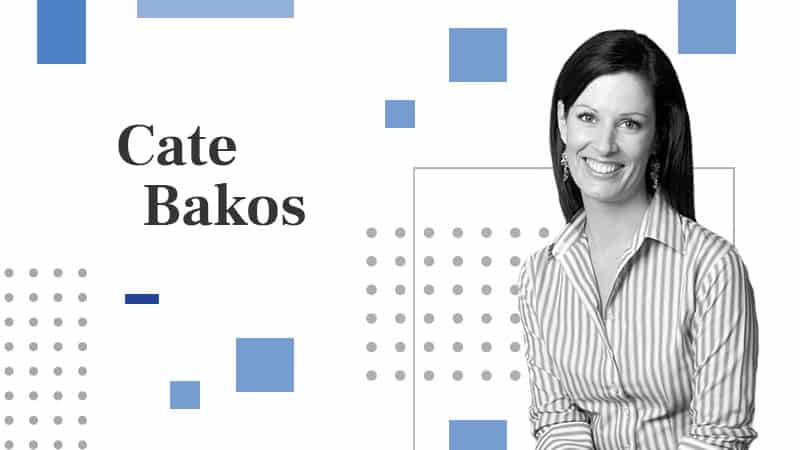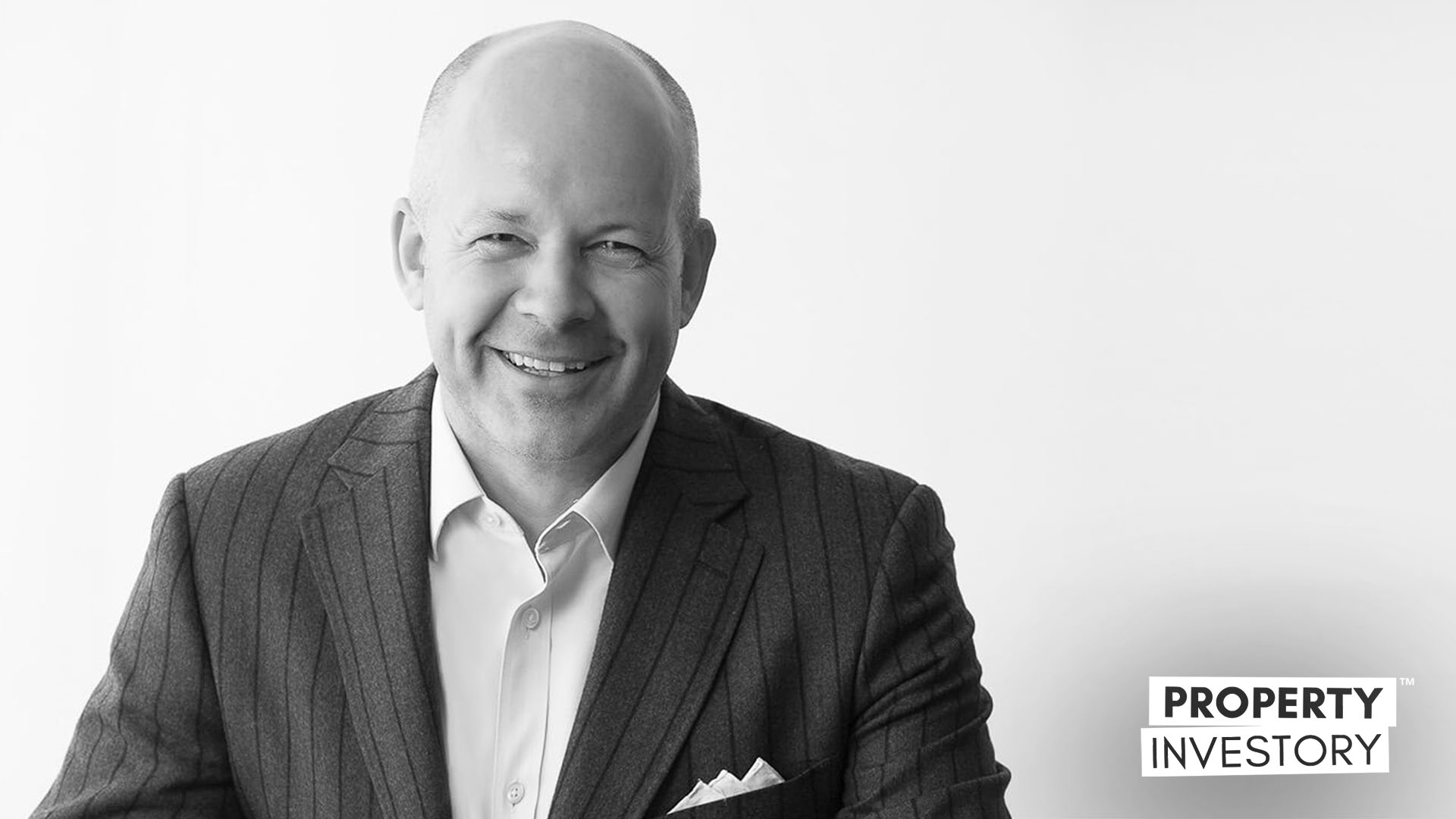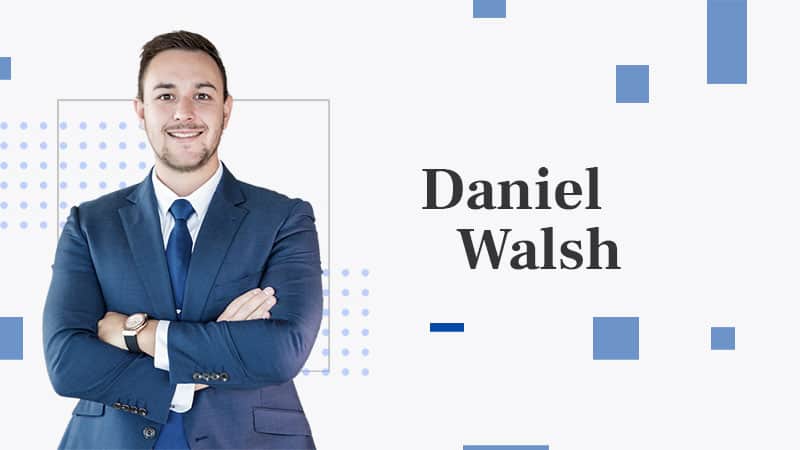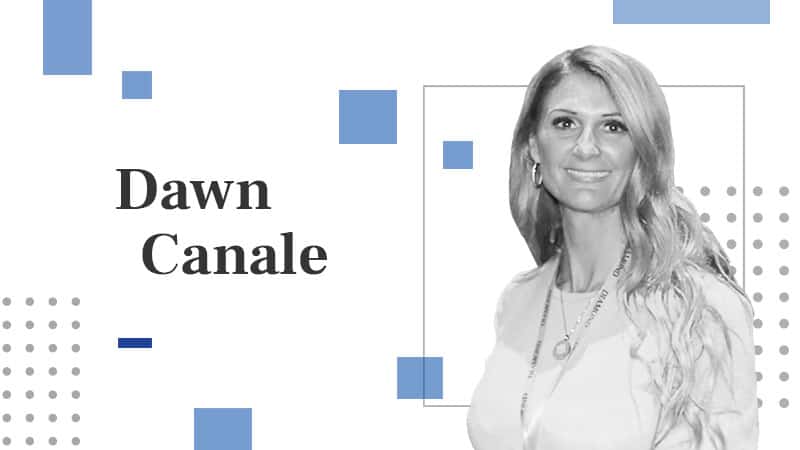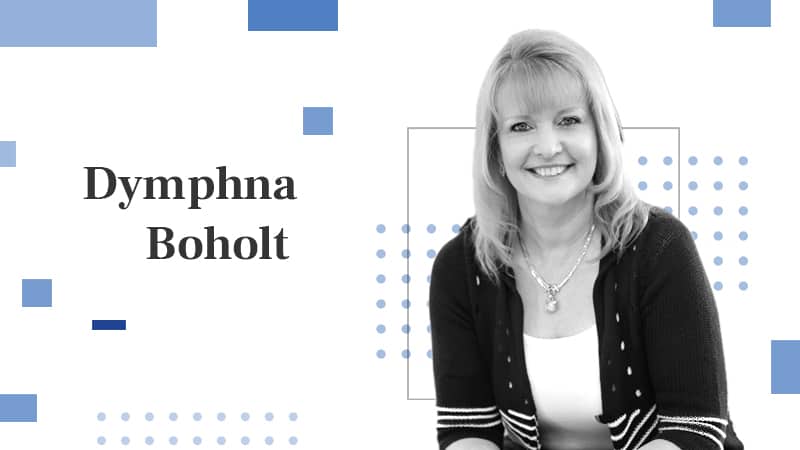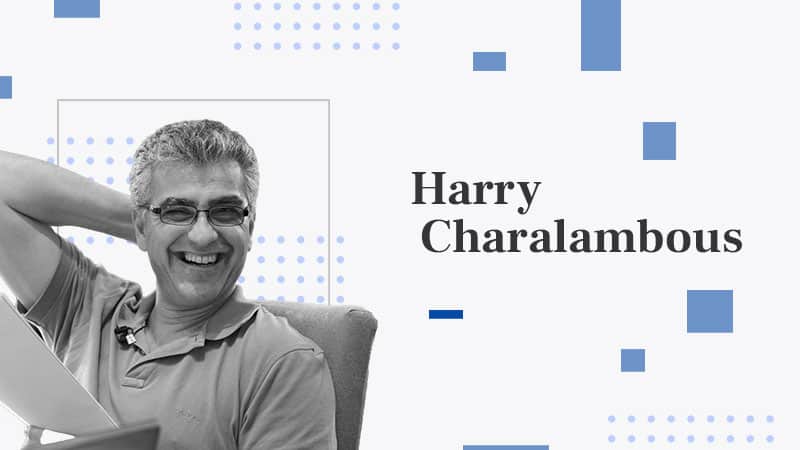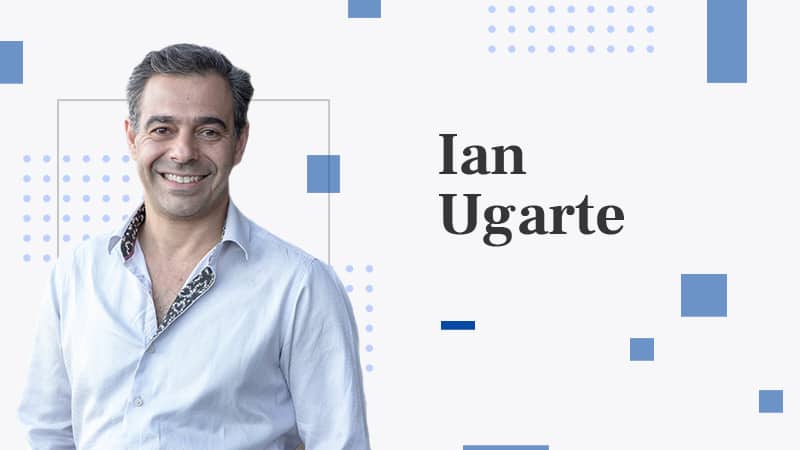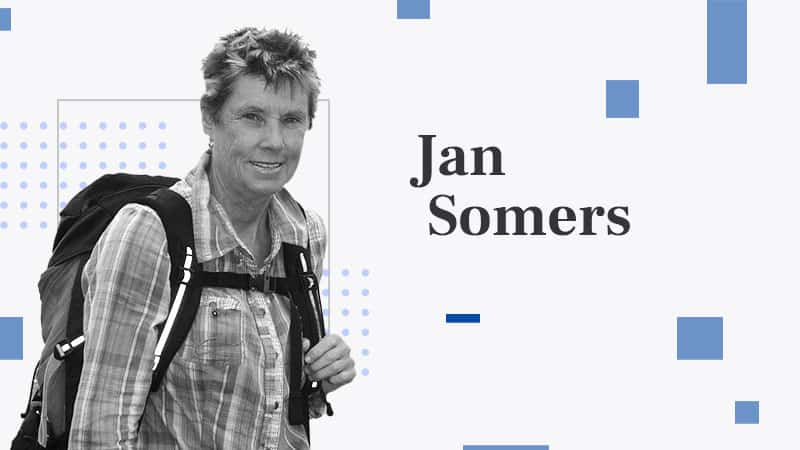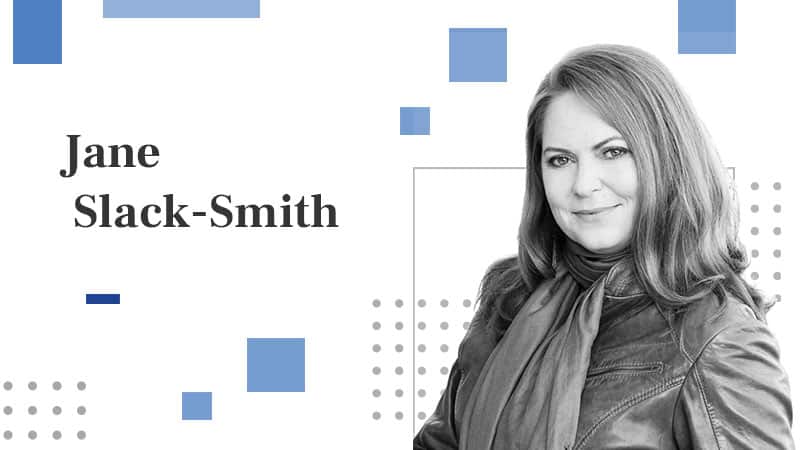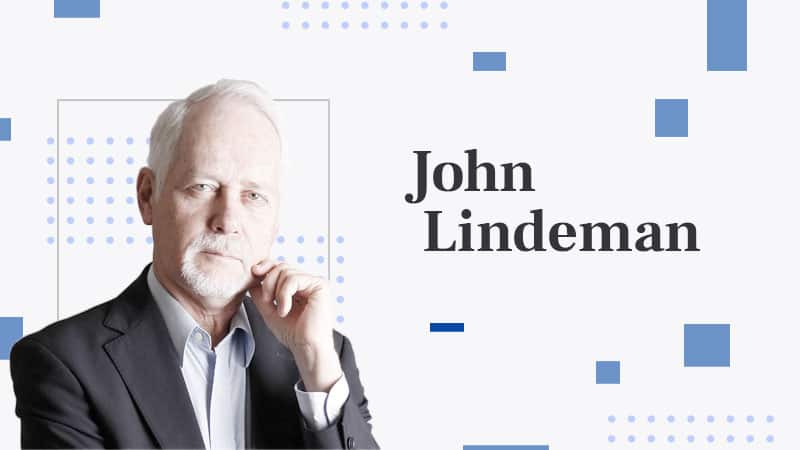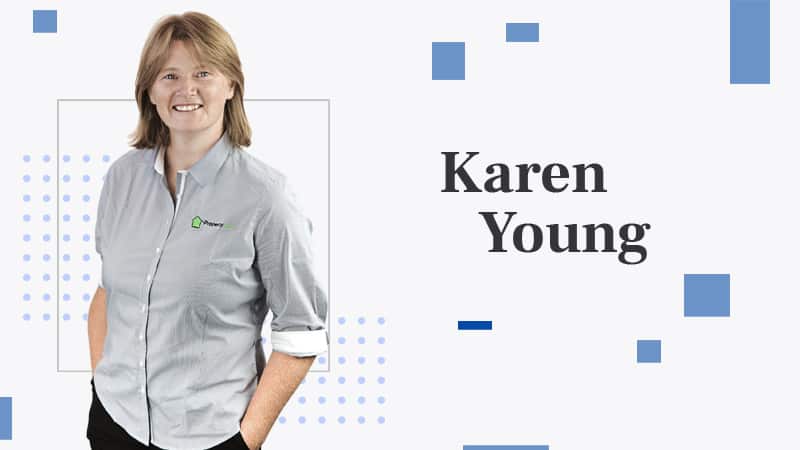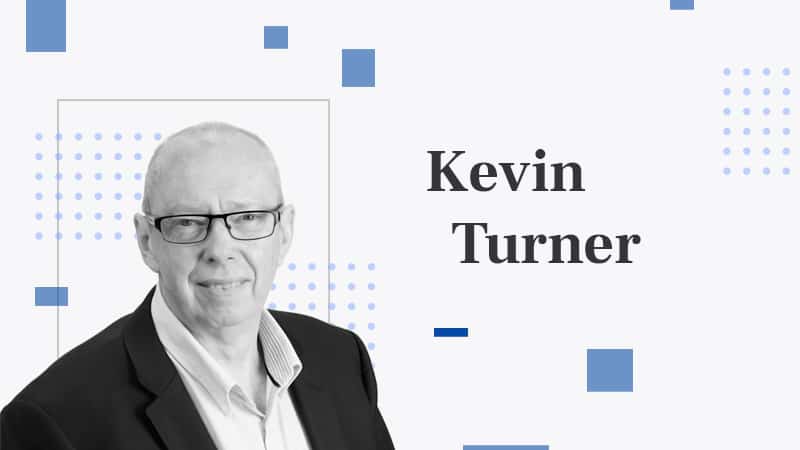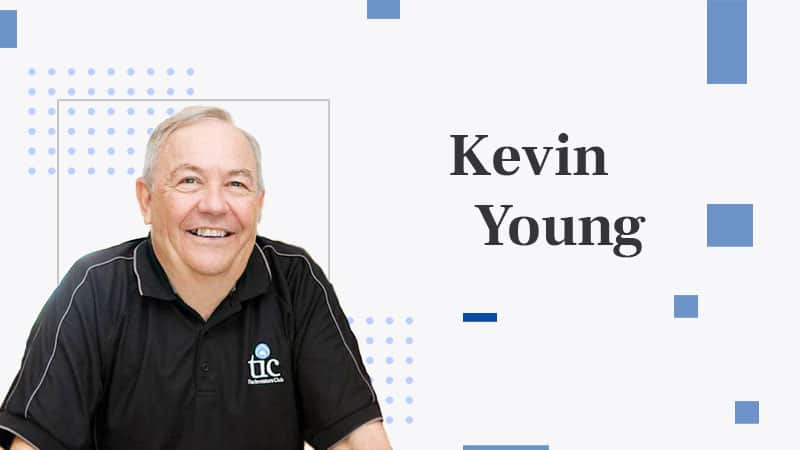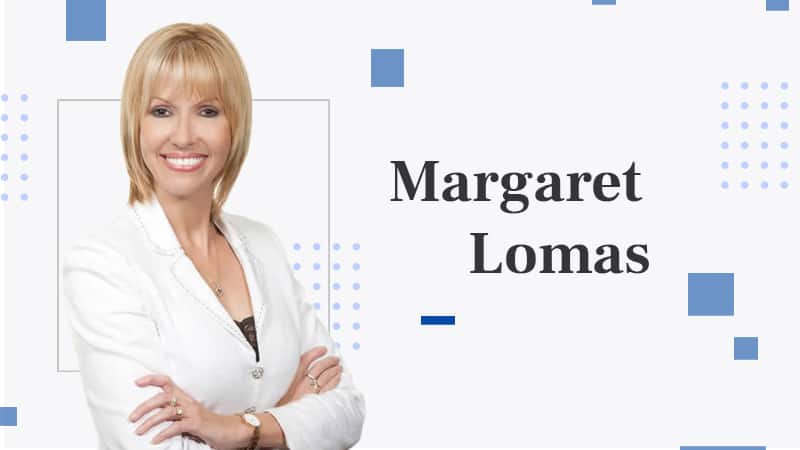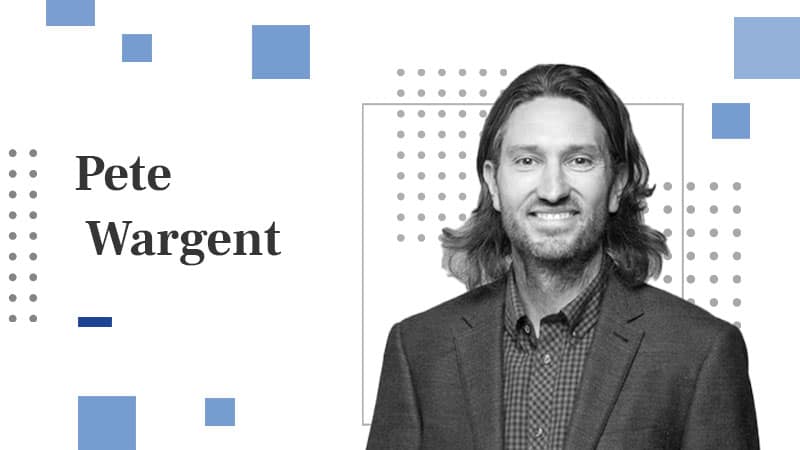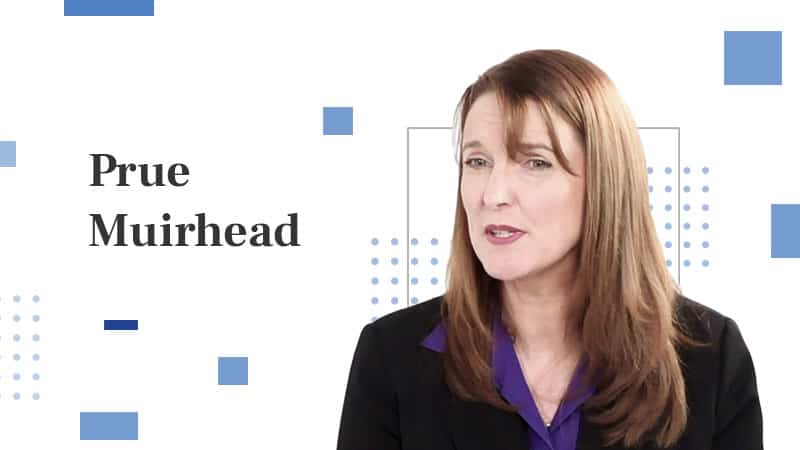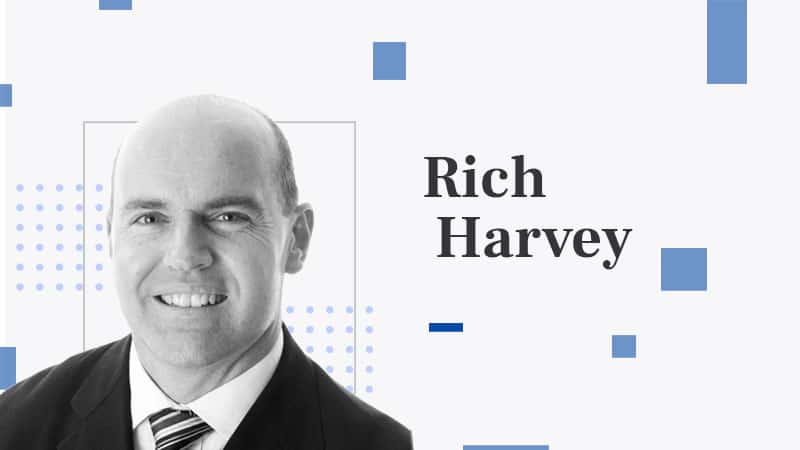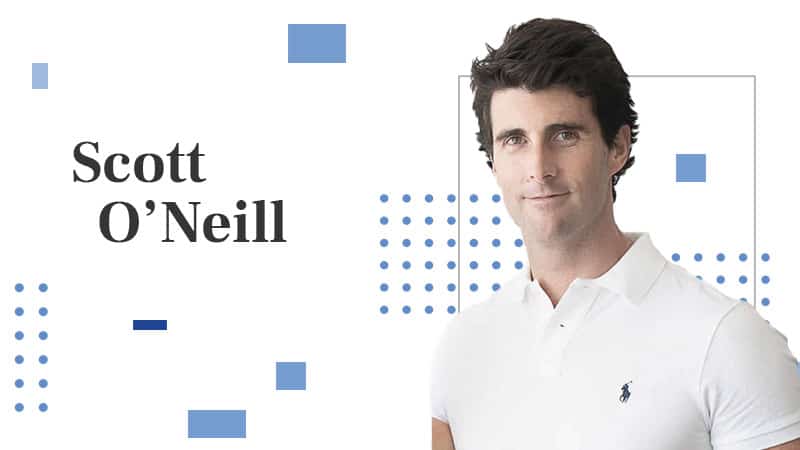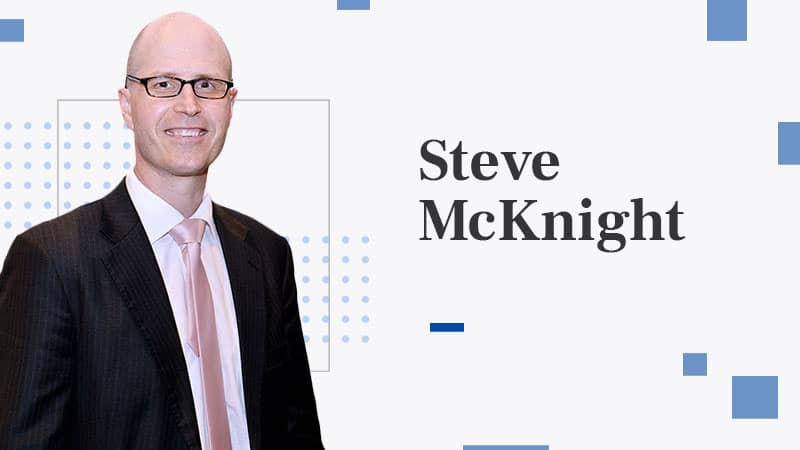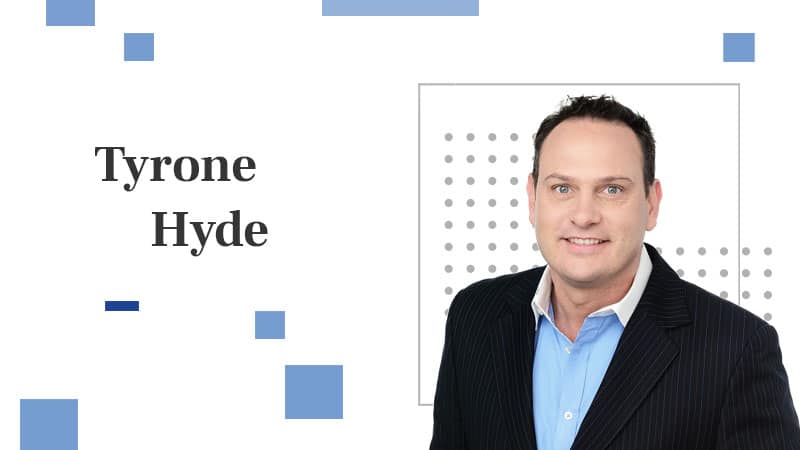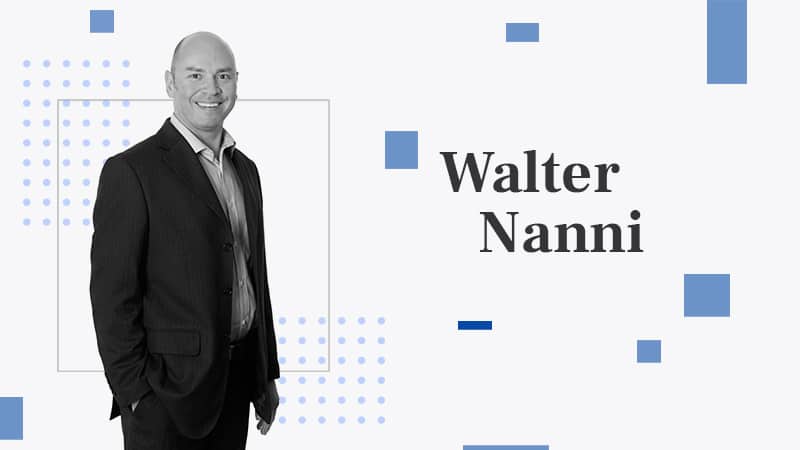Chris Gray purchased his first property when he was 22, now he owns 14 properties worth $15 million. He is currently the CEO of “Your Empire”, the host of “Your Property Empire” on SkyNews, and a financial judge on Channel Ten’s “The Renovators”.
Gray’s strategy is to buy and hold blue-chip properties in areas with a limited supply. “I don’t buy in the CBD because I think there’s no limited supply… So, I’m typically going five to 15kms from the main capital city, Sydney… All the areas where there’s three-story high limits,” he says. Using this strategy, Chris was able to build a successful portfolio and semi-retire at the age of 31.
“I don’t buy in the CBD because I think there’s no limited supply… So, I’m typically going five to 15kms from the main capital city, Sydney… All the areas where there’s three-story high limits,” he says.

